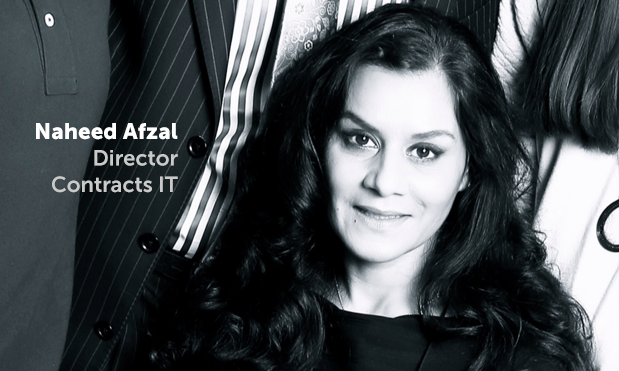 Women and girls have to make an impact on the world around them as well as the challenges that still lie ahead.
Women and girls have to make an impact on the world around them as well as the challenges that still lie ahead.Last week, the #TEDwomen2015 conference that was held in Monteray, California drew in leaders from various backgrounds to share their perspectives on the power that women and girls have to make an impact on the world around them as well as the challenges that still lie ahead. These notable speakers sparked discussions (and debate) on topics including human rights, modern feminism, and varying perspectives on the key actions that need to be taken in order to advance women’s rights.
This 3-day conference reached a global audience and reflects a need that some employers have begun addressing with workforce diversity initiatives—the need for not only awareness of the challenges facing diverse talent, but also thoughtful action to address these issues.
At Contracts IT, we work with businesses that recognise the value that unique perspectives can bring to an organisation and wish to develop programmes and initiatives that, similar to the effect of last week’s TED conference, attract individuals with diverse backgrounds, experiences, and perspectives to join their teams.
Today, we’d like to share with you 3 essential steps that your organisation can take toward creating such programmes and initiatives.
- Clarify the mission and identify your goals.
Why do you wish to build a more diverse and inclusive workforce? What is missing in your organisation? What are the challenges you face due to this need?
In a post on Microsoft’s company blog, Corporate Vice President Mary Ellen Smith shared the business case behind their newest pilot programme with Danish firm Specialisterne that centers on actively recruiting people with autism into the company. She states that “It’s simple, Microsoft is stronger when we expand opportunity and we have a diverse workforce that represents our customers. People with autism bring strengths that we need at Microsoft, each individual is different, some have amazing ability [sic] to retain information, think at a level of detail and depth or excel in math or code.”
Having a clear vision for your organisation’s talent needs and the communities that can fulfill that void is paramount when creating a successful diversity and inclusion programme.
Attention Recruiters
See Live Jobs on SplitFee.org – Don’t Miss Out
It’s FREE if you Join Now!
- Build strategic partnerships that can help you achieve your goals.
Who are the organisations and businesses that are currently connected and involved with the candidates and communities that your organisation aims to build relationships with? Partner with these organisations to leverage their expertise, targeted networks, and ideas
In an effort to empower more women and girls to pursue their interest in STEM careers, SAP has partnered with various organisations that share the same mission. One of the most notable of these partnerships is with Girls Who Code, a non-profit organisation that runs a summer immersion programme for girls in high school and arranges skills-based workshops to help equip young women with the knowledge and skills needed to land a job in their desired fields.
- Consistently track your progress and measure the results.
Tie your goals for these initiatives to metrics that you can track in order to see the effectiveness of these programs toward the goals that you set out to achieve when creating them. What does success look like in your organisation once you’ve achieved these goals?
Cisco, for example, publishes an annual Cisco CSR Report that offers a thorough break down of their workforce diversity, challenges they encounter, and the progress that has been made in overcoming those challenges.
Anecdotal evidence can be measured as well, with data gathered from responses to surveys and questionnaires administered by the organisation. Girls Who Code uses this methodology to gather insights from their summer inclusion programme. One of the outcomes of their 2014 programme, as stated on the organisation’s website, was that “85% of girls agreed or agreed a lot that they would like to be a computer scientist.” Since one of the key objectives of this programme is to encourage and mentor participants to pursue careers in computer science careers, this is a useful metric to gauge the success of the programme in that regard.








